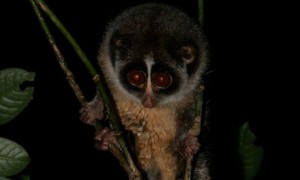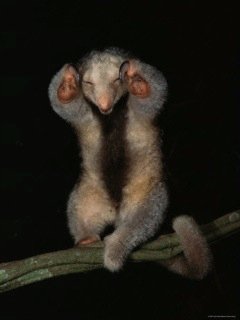The Mesoamerican Biological Corridor – What is it and why is it significant?

dark green = current reserves | light green = developing reserves
The ecoReserve project in Panama is located within the Mesoamerican Biological Corridor, which is also known as the Jaguar Trail or Path of the Panther. We thought we’d take a moment to talk about why this is significant.
First, what is a biological corridor (also known as wildlife corridor)? A wildlife corridor is a route comprising a continuous, or nearly continuous, stretch of open land, woodland or water, which facilitates the movement of wildlife species, the aim of which is to prevent the genetic isolation of wildlife populations.
The Mesoamerican Biological Corridor, specifically, is a large habitat corridor in , stretching from southeastward through most of Central America, connecting several national parks. It was started in 1998 to keep 106 critically endangered species from going extinct.
Mesoamerica is made up of the five southern states of Mexico and the Central American countries of Guatemala, Belize, El Salvador, Honduras, Nicaragua, Costa Rica, and Panama. These governments agreed to coordinate their efforts to encourage a huge system of interconnected parks, reserves and wildlife corridors that literally link North America to South America. ecoReserve will be adding one additional reserve to this system.
The Mesoamerican region is very large and covers 768,990 square kilometers. It includes lowland rainforests, pine savannas, semi-arid woodlands, grasslands, high mountain forests, and coral reefs. Although the region contains only 0.5 percent of the world’s land surface, Mesoamerica is home about 7 percent of the earth’s biological diversity.
In recent decades, Mesoamerica has seen some of the highest deforestation rates in the world; between 1980 and 1990, deforestation averaged 1.4 percent annually, and it is estimated that 80 percent of the area’s original habitat has been cleared or severely modified. More than half of Mesoamerica’s forests have been lost and approximately 90 percent of its primary or “frontier” forests have been logged, converted to agriculture, or replaced with tree plantations.
Wildlife corridors become especially important in the face of human activities such as roads, development, or logging that may bisect the routes that animals normally traverse. Animal movement allows an exchange of individuals between populations, which may help prevent the negative effects of inbreeding and reduced genetic diversity that often occur within isolated populations.
In the Mamoni Valley, where the ecoReserve project will be located, the wildlife corridor has been partially degraded by logging and cattle-ranching which has turned primary forest into pastures or barren dirt. Animals are reluctant to traverse these open areas because it makes them vulnerable to predators.
ecoReserve will be reforesting and restoring degraded land and protecting primary rainforest that still exists within the Mamoni Valley. The ecoReserve reserve will also provide a buffer zone for the protected primary rainforest land of the indigenous Kuna that is still intact. We are looking forward to providing one more link in the chain of reserves that protect the famed Jaguar Trail.






